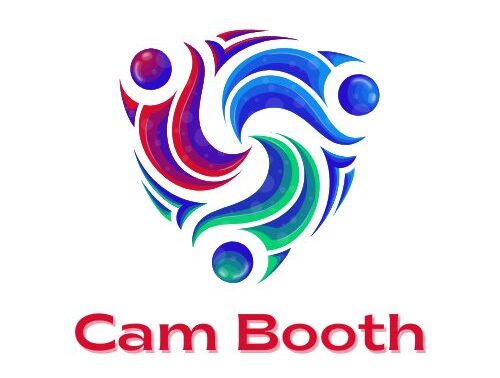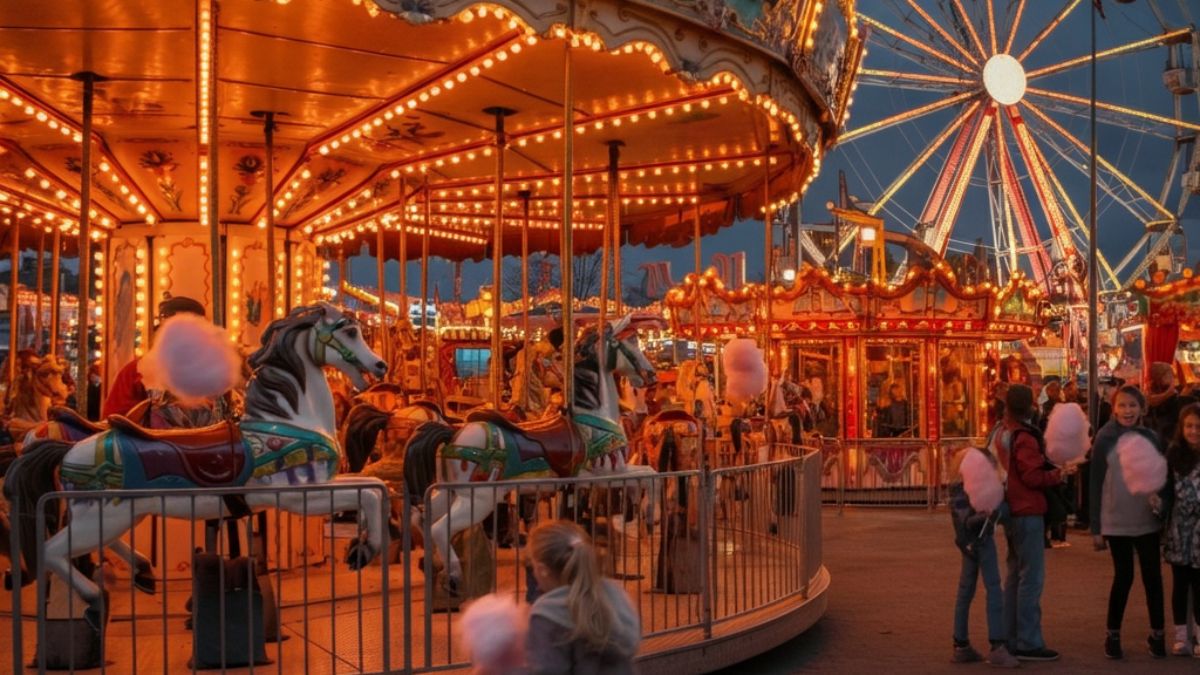The media and entertainment (M&E) industry has undergone a massive transformation over the past few decades. From traditional television and radio to streaming platforms and social media, the way we consume content has changed dramatically. Today, the industry is driven by digital innovation, personalized content, and global connectivity.
This article explores the evolution, current trends, challenges, and future prospects of the media and entertainment sector. With over 1200 words of in-depth analysis, we’ll cover:
- The Evolution of Media and Entertainment
- Key Segments of the Industry
- Current Trends Shaping the Sector
- Challenges Faced by the Industry
- The Future of Media and Entertainment
- Conclusion
Let’s dive in!
1. The Evolution of Media and Entertainment
From Traditional to Digital Media
The media and entertainment industry has evolved through several phases:
- Print Media (Newspapers, Magazines): The earliest form of mass communication, providing news, stories, and advertisements.
- Radio (1920s): Brought audio entertainment and news into households.
- Television (1950s): Revolutionized visual storytelling with live broadcasts, shows, and movies.
- Internet (1990s): Enabled digital content distribution, leading to websites, blogs, and online news.
- Streaming & Social Media (2000s-Present): Platforms like Netflix, YouTube, and TikTok dominate content consumption.
The Rise of On-Demand Content
Consumers no longer rely on scheduled programming. Streaming services like Netflix, Disney+, and Amazon Prime Video allow users to watch content anytime, anywhere. This shift has reduced the dominance of cable TV and forced traditional media companies to adapt.
2. Key Segments of the Media and Entertainment Industry
The M&E industry is vast, consisting of multiple segments:
A. Film and Television
- Hollywood & Bollywood: Major film industries producing blockbuster movies.
- OTT Platforms: Netflix, Hulu, and HBO Max have changed how we watch shows.
B. Music and Radio
- Streaming Services: Spotify, Apple Music, and YouTube Music dominate music consumption.
- Podcasts: A rapidly growing medium for storytelling and news.
C. Gaming and Esports
- Video Games: A multi-billion-dollar industry with franchises like Call of Duty and Fortnite.
- Esports: Competitive gaming has become a global phenomenon with massive audiences.
D. Social Media and Digital Content
- Platforms: Facebook, Instagram, Twitter (X), and TikTok shape trends and news dissemination.
- Influencer Marketing: Brands collaborate with influencers for promotions.
E. Publishing and News Media
- Digital News Outlets: Traditional newspapers now focus on online subscriptions.
- Blogs & Vlogs: Independent creators contribute to news and entertainment.
3. Current Trends Shaping the Media and Entertainment Industry
A. Rise of AI and Machine Learning
- Content Personalization: AI recommends shows, music, and ads based on user behavior.
- Deepfake Technology: Used in films but raises ethical concerns.
B. Growth of Short-Form Video Content
- TikTok & Instagram Reels: Short videos dominate social media engagement.
- YouTube Shorts: Competes with TikTok for quick, engaging content.
C. Virtual and Augmented Reality (VR/AR)
- VR Gaming: Oculus and PlayStation VR offer immersive experiences.
- AR in Marketing: Brands use AR filters for interactive ads.
D. Live Streaming and Interactive Content
- Twitch & YouTube Live: Gamers, musicians, and influencers engage audiences in real-time.
- Interactive Shows: Netflix’s “Bandersnatch” lets viewers choose story paths.
E. Subscription-Based Models
- Decline of Cable TV: Consumers prefer affordable streaming subscriptions.
- Hybrid Models: Some platforms offer free ad-supported tiers alongside premium plans.
4. Challenges Faced by the Media and Entertainment Industry
Despite rapid growth, the industry faces several challenges:
A. Piracy and Copyright Issues
- Illegal streaming and downloads cost billions in revenue losses.
- Platforms struggle to enforce digital rights management (DRM).
B. Data Privacy Concerns
- User data collection for personalization raises privacy debates.
- Regulations like GDPR and CCPA impact how companies handle data.
C. Content Saturation
- Too much content makes it hard for creators to stand out.
- Consumers suffer from “choice overload.”
D. Monetization Struggles
- Ad-blockers reduce revenue for free content providers.
- Smaller creators find it hard to compete with big studios.
E. Misinformation and Fake News
- Social media spreads false information rapidly.
- Platforms face pressure to improve fact-checking mechanisms.
5. The Future of Media and Entertainment
A. Hyper-Personalization with AI
- AI will curate content tailored to individual preferences.
- Virtual assistants may suggest shows based on mood.
B. Expansion of the Metaverse
- Virtual concerts (e.g., Travis Scott in Fortnite) will become mainstream.
- Brands will create immersive digital experiences.
C. Blockchain and NFTs in Entertainment
- NFTs could revolutionize digital ownership (e.g., movie collectibles).
- Blockchain may help combat piracy.
D. More Interactive and Immersive Experiences
- VR concerts, 360-degree movies, and gamified content will grow.
- Viewers may influence storylines in real-time.
E. Global Content Localization
- Streaming platforms will invest in regional content (e.g., Netflix’s foreign-language hits).
- Dubbing and subtitling will improve accessibility.
6. Conclusion
The media and entertainment industry is at an exciting crossroads, driven by technology, consumer behavior, and innovation. From AI-powered recommendations to the metaverse, the future promises even more immersive and personalized experiences.











